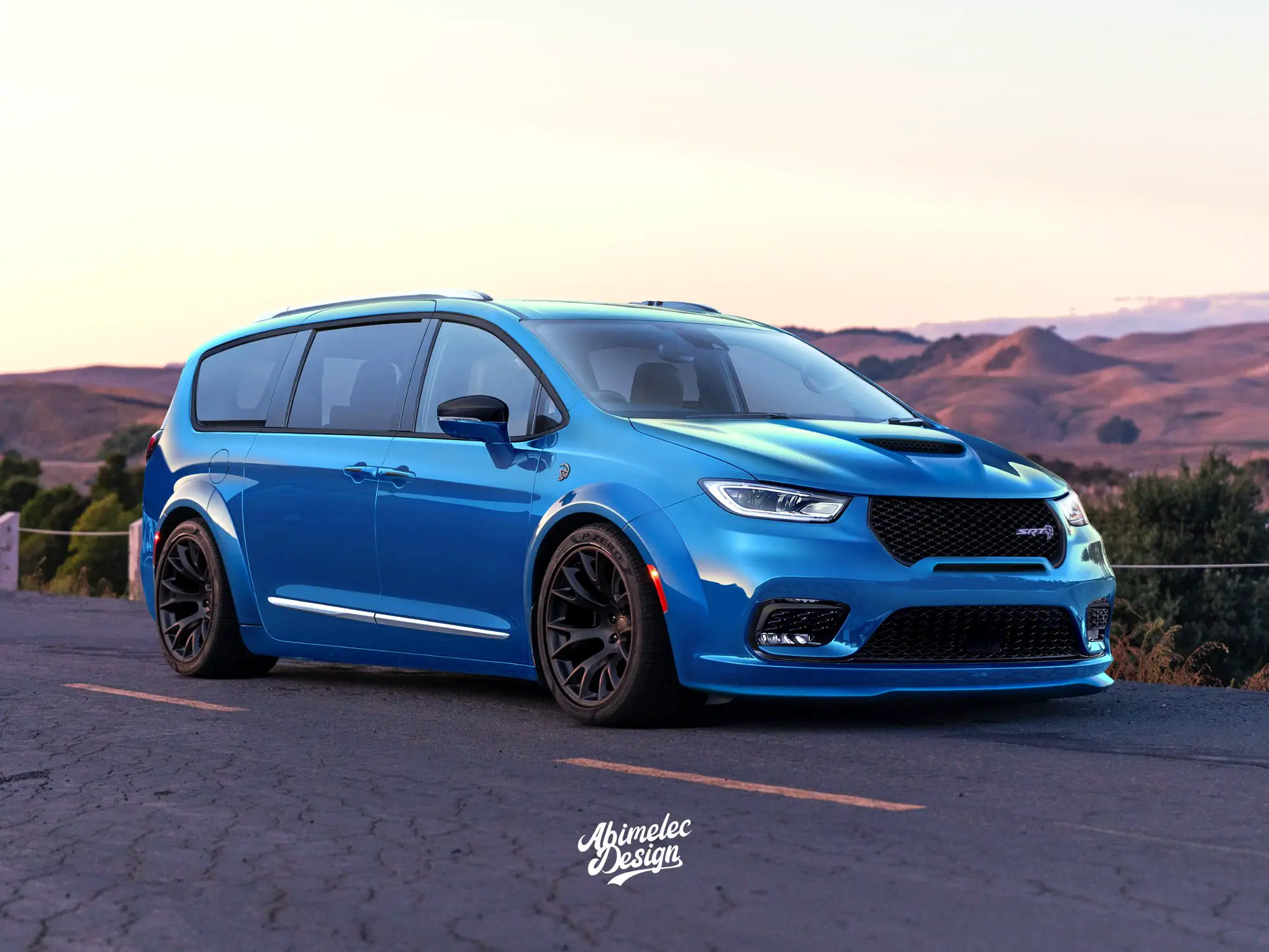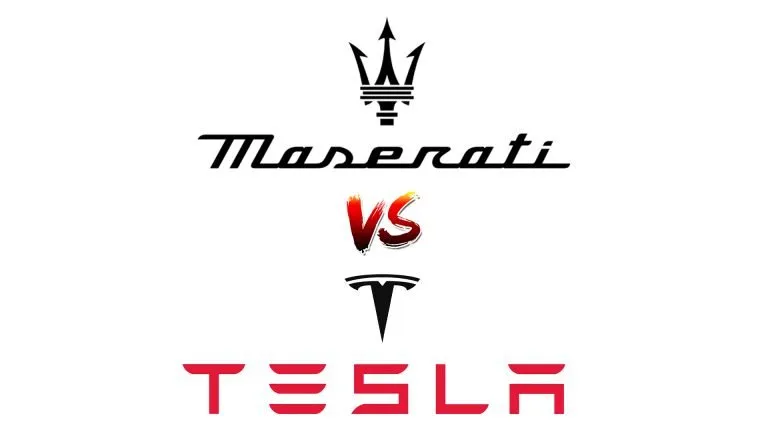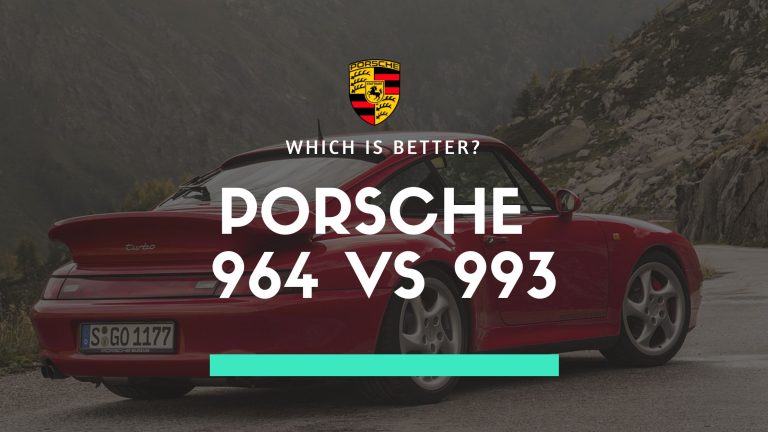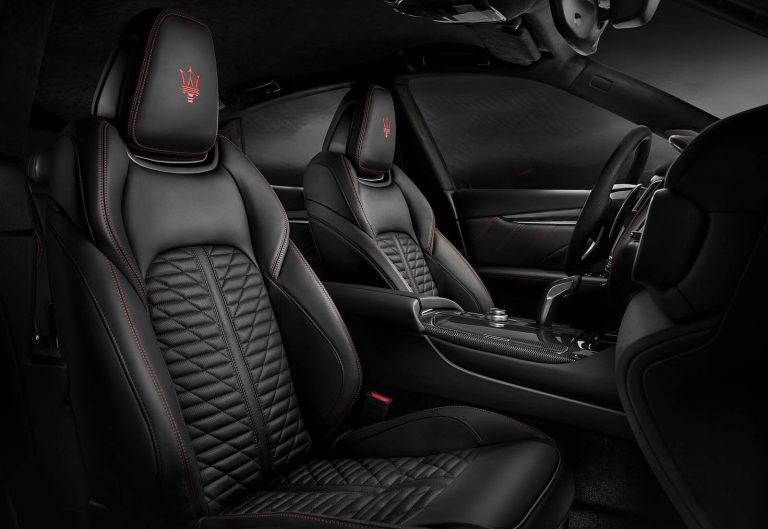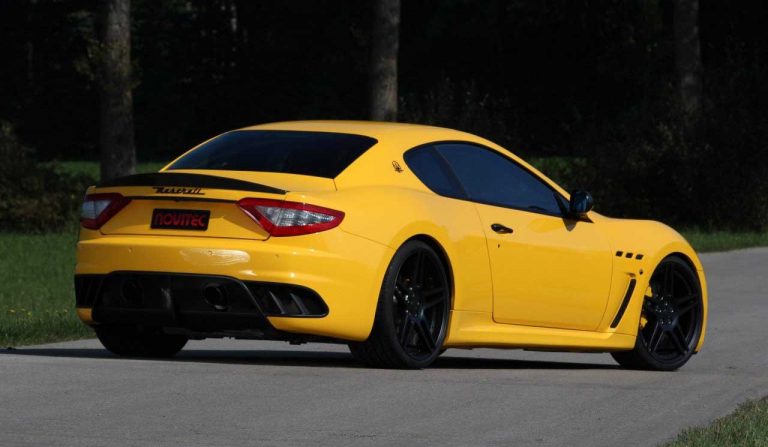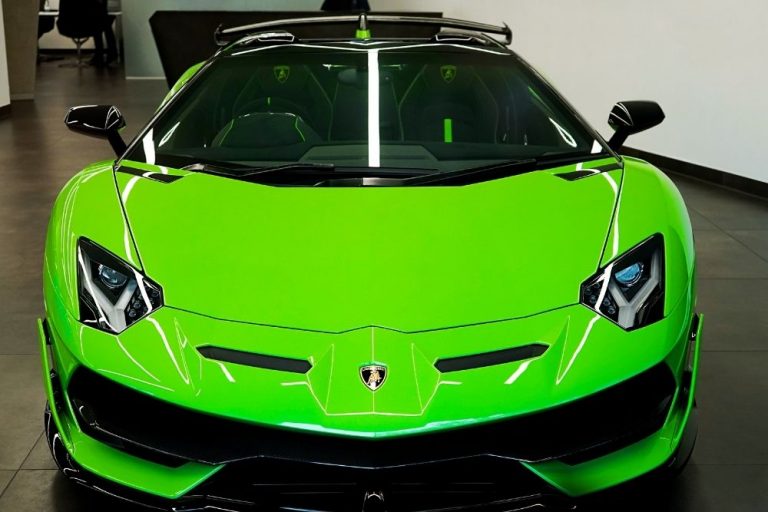The Inspiring Hellcat Minivan – EVERYTHING You Need To Know
A Hellcat minivan based off the Chrysler Pacifica might seem like a bit of an odd idea at first, but when you think about it, it actually makes a lot of sense. The minivan segment is one that’s been growing in recent years, and with good reason – they offer a lot of practicality and versatility. But most of the options on the market are pretty boring.
A Hellcat-powered Pacifica would be the perfect way to inject some excitement into the segment. It would offer all the practicality that people love about minivans, while also delivering performance that would rival some of the best sports cars on the market.
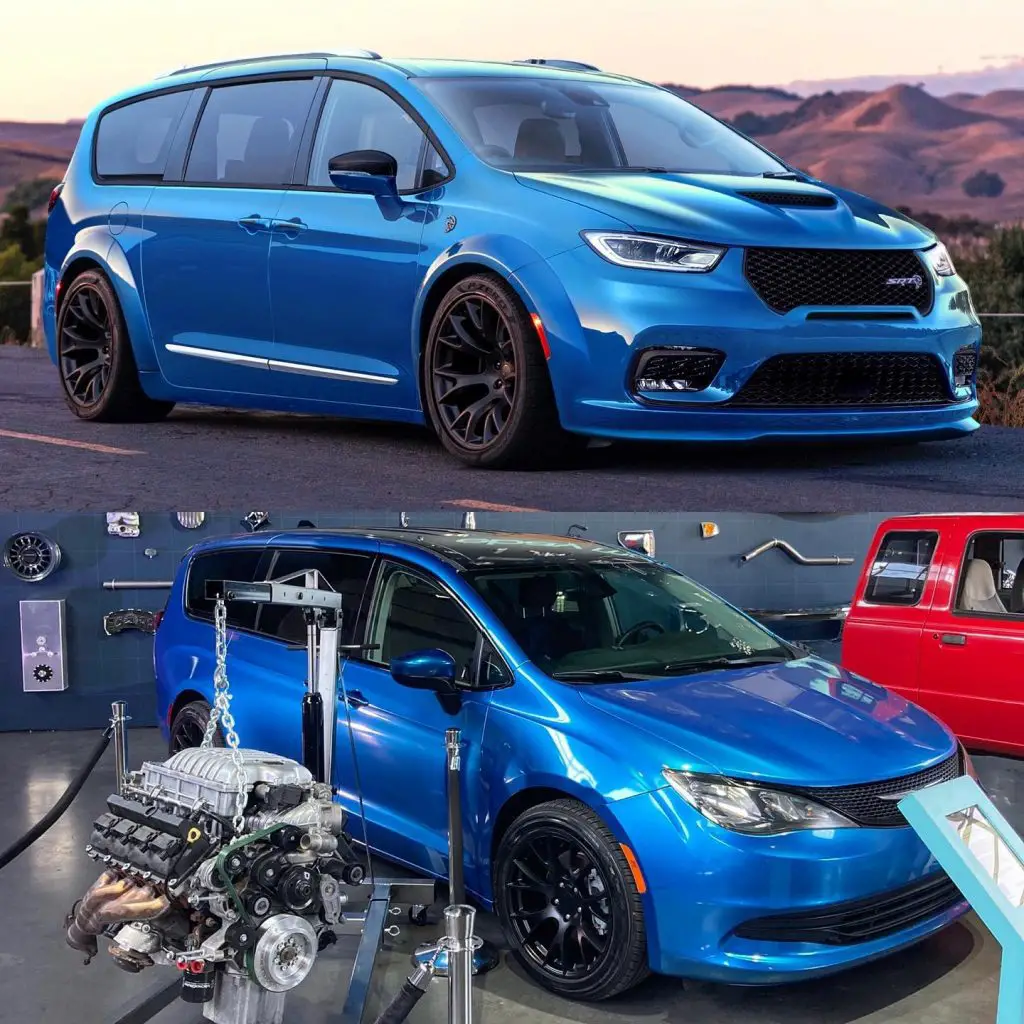
The Hellcat minivan, conceptualized in a render by Abimelec Design is a peek into what a Chrysler Pacifica Hellcat Minivan would look like if it became reality. Otherwise, what people often refer to as a Hell cat mini van in todays market is known as the Dodge Durango SRT Hellcat, even though it’s essentially an SUV.
The Durango SRT was only produced and sold in 2021, after which it was discontinued as it did not meet emission requirements. With a 0-60 acceleration time of 3.5 seconds, it lived up to the moniker as one of the most potent SUV’s globally.
The Dodge Durango SRT was launched after many years of speculation by the motoring public. It seemed like the manufacturer was prepared to throw convention to the wind and produce a vehicle that created genuine excitement in the market for a brief time, which is what we hope occurs with a genuine Hellcat Minivan in the future.
The History Of The Hellcat Minivan
The Grumman F6F Hellcat was a single-engine fighter aircraft that distinguished itself in the Pacific war in 1943 – 1946. It became the preeminent fighter that could outmaneuver and outgun the Japanese A6M Zero.
Named after this legendary aircraft, Dodge created the Hellcat engine in secret until its launch in 2014.
Dodge threw the rule book away when it designed the Hemi V8. The Hellcat engine produced 707 Horsepower. Since its launch, it has become Dodge’s iconic engine which young boys tack pictures of to their bedroom walls and petrol heads lust after as the engine of choice.
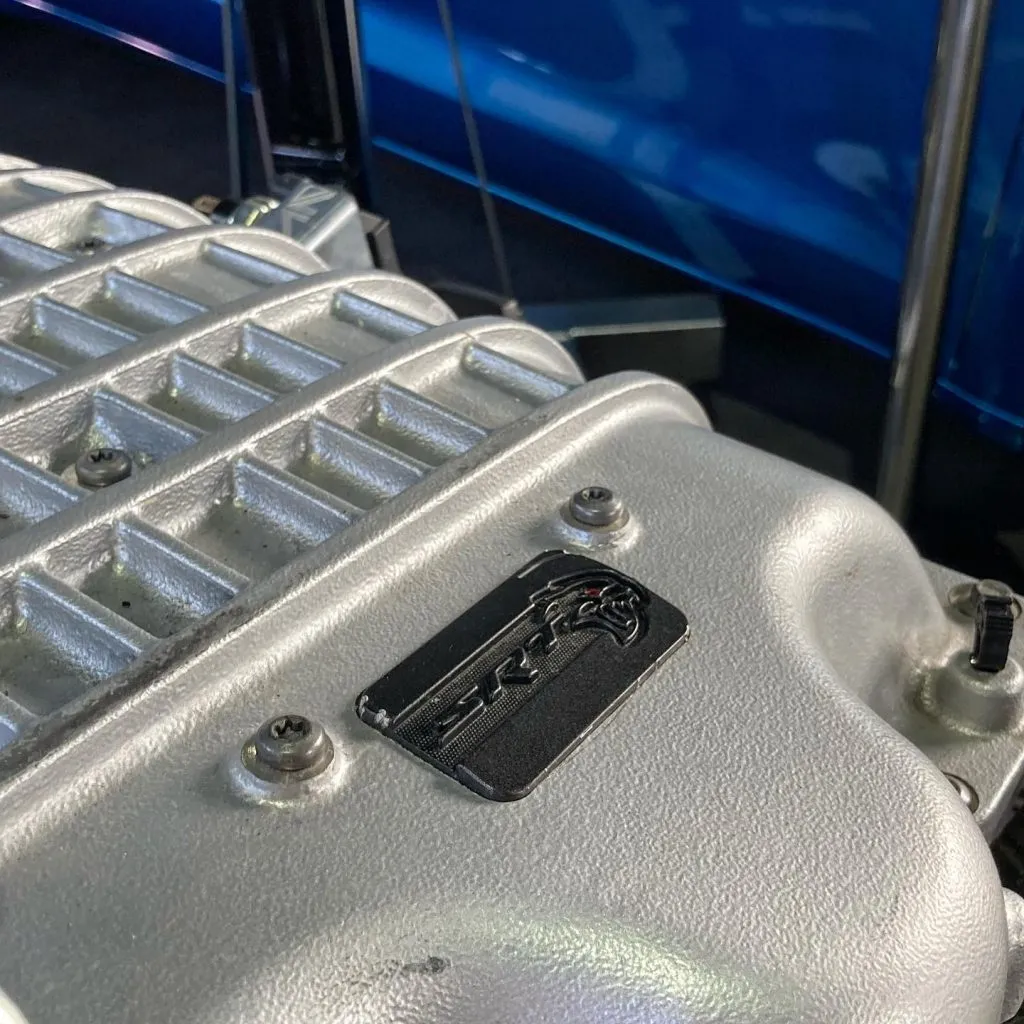
The engine produced incredible levels of power, but it also was matched with a completely unexpected drivability.
In the first two years after the launch Dodge sold 15,000 Hellcat-powered Charger sedans and Challenger coupes.
Since Jeep first installed the Hellcat into a Grand Cherokee, customers realized that eventually, Dodge would build a 700-horsepower version of almost anything, including the
- Dodge Challenger SRT Hellcat.
- Dodge Charger SRT Hellcat.
- Jeep Grand Cherokee Trackhawk.
- Ram 1500 Rebel TRX Concept.
- Ram 1500 TRX.
And so, in a way, the Dodge Durango SRT Hellcat “Hellcat Minivan” was born.
What Is The Hell cat Mini Van?
Unofficially, the Hellcat Minvan is purely a concept that was designed by Abimelec Design, otherwise known as Abimelec Arellano. Based out of Hermosillo, Sonora, Mexico, Abimelec is an artist that has quite a decent following and creates a number of automotive concepts for an array of cars as 3D renders and photoshop compositions. It’s an impressive portfolio of work with a heap of eye-catching detail, you can check out his portfolio over on his Art Station page.
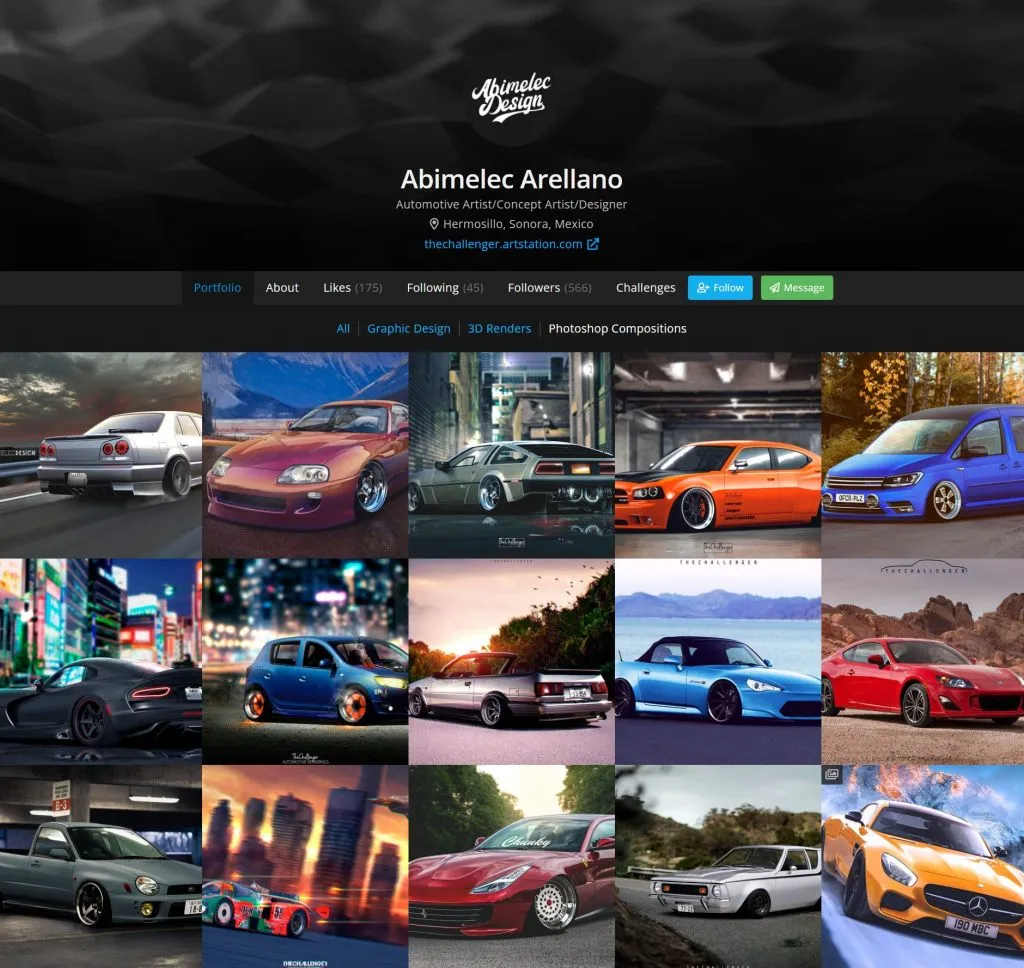
Regarding the Hellcat inspired photoshop composition that Abimelec created based on the Chrysler Pacifica, you can instantly recognize a much more aggressive presence when looking at the Hellcat minivan compared to a standard Chrysler Pacifica. Visually you’ll notice a much more pronounced front bumper, a larger front grille and wider fender flares on the front as well as the rear quarter panels.
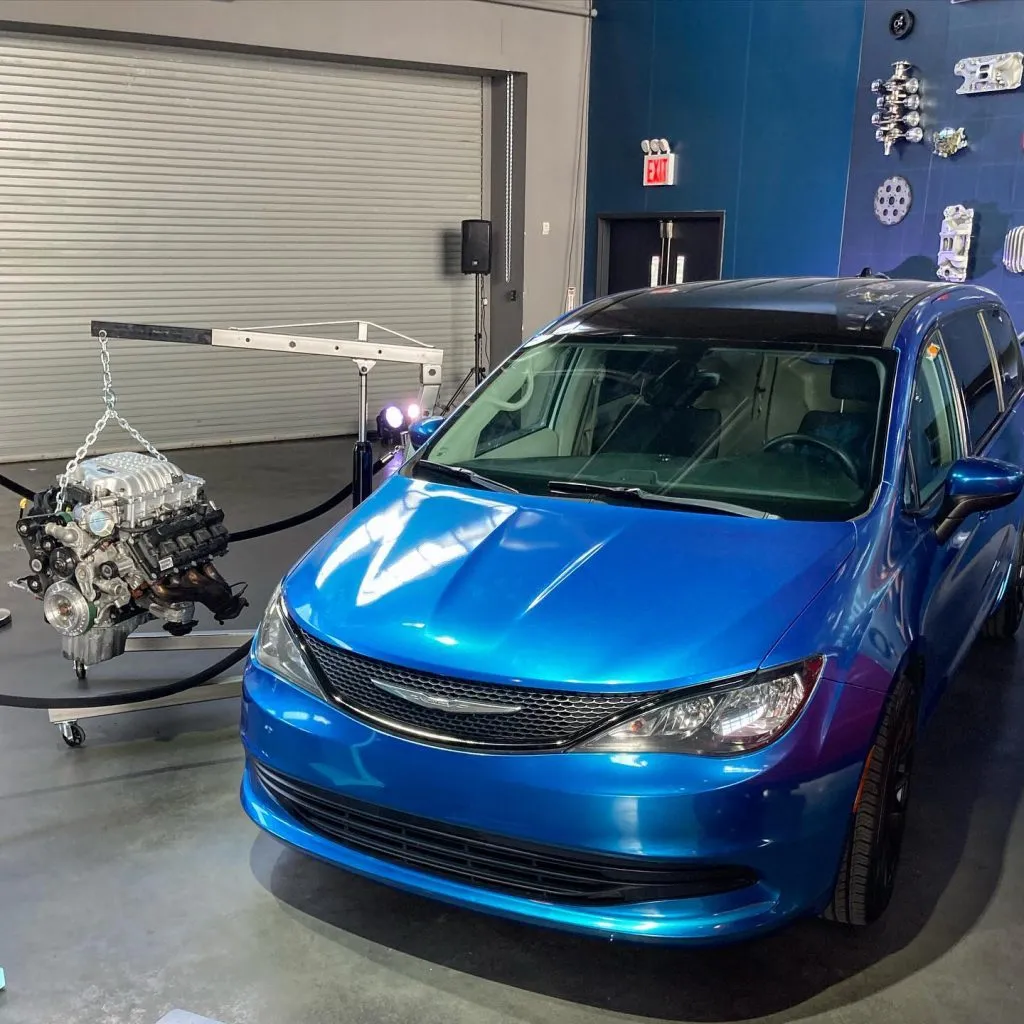
In the interest of opening up the front and providing more air to the 707hp hellcat engine there’s also a bonnet scoop to accompany the large grilles integrated into the front bumper of the Hellcat minivan. There seems to also be wider wheels and tires that have been lowered on what could be a sportier suspension setup to ensure the driver can put all that newly acquired Hellcat power down on the tarmac.
Now, at this point I know I’ve said that “unofficially, the Hellcat Minivan is purely a concept” but that is not 100% true anymore, back since it’s creation on December 4th 2020 the Hellcat Minivan largely remained a concept by Abimelec Design and it wasn’t until recently that the very famous automotive YouTuber, Tavarish who is well known for bringing to life some of the most outrageous concepts and restoring new life into cars that were never destined to be driven again.

After watching Tavarish for years, ever since he rebuilt his Lamborghini Gallardo many years ago, I’ve watched his progression and couldn’t think of a better fit for someone to bring this concept into fruition, other than the likes of another legendary YouTuber that could pull it off, being the extremely talented B is for Build channel. I always appreciate the detail Tavarish and B is for Build go into as they take us through every step along the journey of their builds.
To confirm the project and collaboration from a recent post from the Abimelec Design Facebook page, he stated the following:

That’s right, the whole package will be created by the hands of Tavarish, from the full widebody including facelifted bumper and an actual Hellcat engine as well as all the other goodies that will come along with the build. I’m sure Tavarish will also implement some extra exciting bits to create the perfect red-eye powered Hellcat minivan.
Now, for arguments sake and to attempt to understand what it may be like with a real Hellcat Minivan prior to it actually being built, I’ll talk about the car that some people currently refer to as the closest thing to a Hellcat minivan, which is the Dodge Durango SRT Hellcat.
Hellcat Minivan and Dodge Durango SRT Hellcat
Dodge launched the original Dodge Durango in 1998 and has sold over 2 million vehicles. The Durango is now in its 3rd generation, with the change to the current model being made in 2014.
From 2016 onwards, rumors circulated that Dodge would install the Hellcat engine into the trusty “old” Durango.
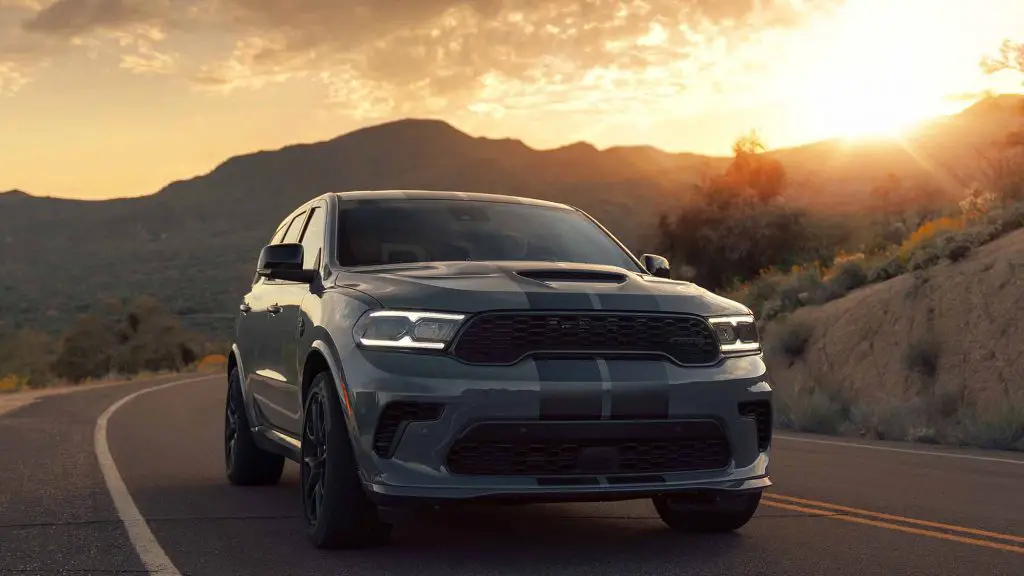
Finally, in 2021 the announcement was made that Dodge would install the 707 Horsepower, 6.2-liter supercharged V8 Hellcat engine in the flagship version of the Durango. Sadly, this only lasted for 2021 as Dodge announced it would be discontinued due to the engine failing to meet emission requirements.
While it lasted, it was a petrol heads’ dream as even powerful luxury cars like the Mercedes-AMG GLS63 couldn’t match the performance figures of this “family” American bred SUV/minivan.
The “Hell cat Mini van” Durango SRT Hellcat still runs off the original Dodge Durango underpinnings. Although it is longer and higher than its competitors, it is narrower and creates more internal space and useability.
| Dimension | Dodge Durango SRT | Chrysler Pacifica | Hyundai Pallisade | Ford Explorer |
| Length | 200.8 in | 204.3 in | 196.1 in | 198.8 in |
| Width | 75.8 in. | 79.6 in | 77.8 in | 78.9 in |
| Height | 72.9 in | 69.9 in | 68.9 in | 69.9 in |
As interesting as the dimensions are, it’s not why you are reading this article, let’s move onto my perspective of what a Hellcat Minivan might be like to drive.
What Is the Hellcat Minivan Like to Drive?
Now onto the main reason why I mentioned the Dodge Durango SRT Hellcat throughout this article, to speak about it comparatively to what it may be like to drive the Chrysler Pacifica Hell Cat Mini van. To put it bluntly, the Dodge Hell Cat Mini Van essentially has no competitors. There’s not many minivans with these performance capabilities available from any manufacturer, anywhere in the world.
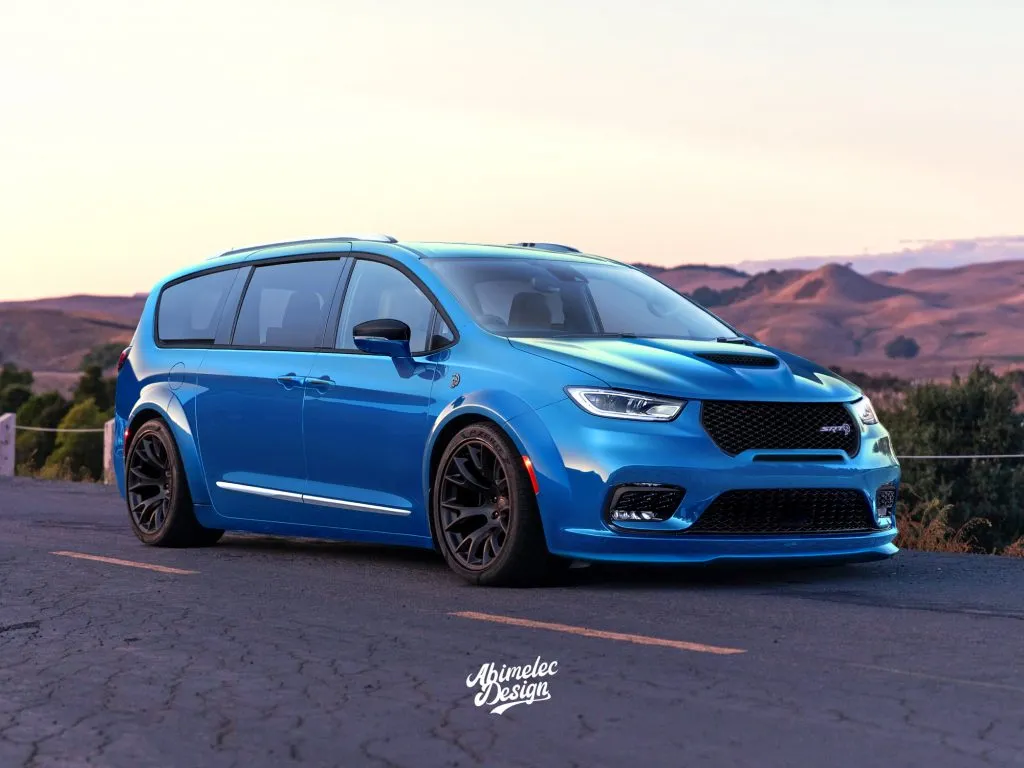
The Dodge Durango SRT Hellcat accelerated from 0-60 mph (0-100km/h) in a supercar time of 3.5 seconds, very impressive and we imagine if the Hellcat engine was dropped into a Pacifica minivan it would produce the same astounding performance figures.
It wouldn’t be a far cry to say that it could also travel a quarter-mile in mind-bending 11.5 seconds and carry on accelerating to 180 mph (290 km/h) just like the Durango SRT Hellcat.
The standard all-wheel-drive launch control transfers the 707 horsepower and 645 lb-ft of torque onto the road smoothly and with as little smoke as possible.
The only SUV that can match these times is the Jeep Grand Cherokee Trackhawk because it has the same engine installed.
Not only is the Durango fast, but the practicality factor is supreme, the Hellcat minivan will most likely replicate these figures whilst maintaining an even higher level of practicality. As a little side note the Durango SRT Hellcat had the best maximum towing capacity in its class, with it being able to haul 8,700 lbs behind it.
The Interior of The Hellcat Minivan
Once again, speaking comparatively to the unofficial Hellcat Minivan Durango SRT Hellcat, no buyer ever worried about the Hellcat interior. That was not why they purchased the car, and sadly Dodge honored that motivation. Unfortunately, the same can be said for the standard Chrysler Pacifica, but it’s not all that bad. It can probably be considered above average and has most of the key features you’d expect from a modern car.
If a Hellcat Minivan were to go into production and replicate what they did with the Durango SRT Hellcat’s interior, it would definitely be a step up from the Pacifica’s relaxed and comforting interior and give it that more aggressive and sportier edge, making all the occupants aware they’re inside of something special.
Although with a focus on what was done for the Durango SRT Hellcat, looking at the interior, it is clear that Dodge spent the big bucks on the engine and powertrain.
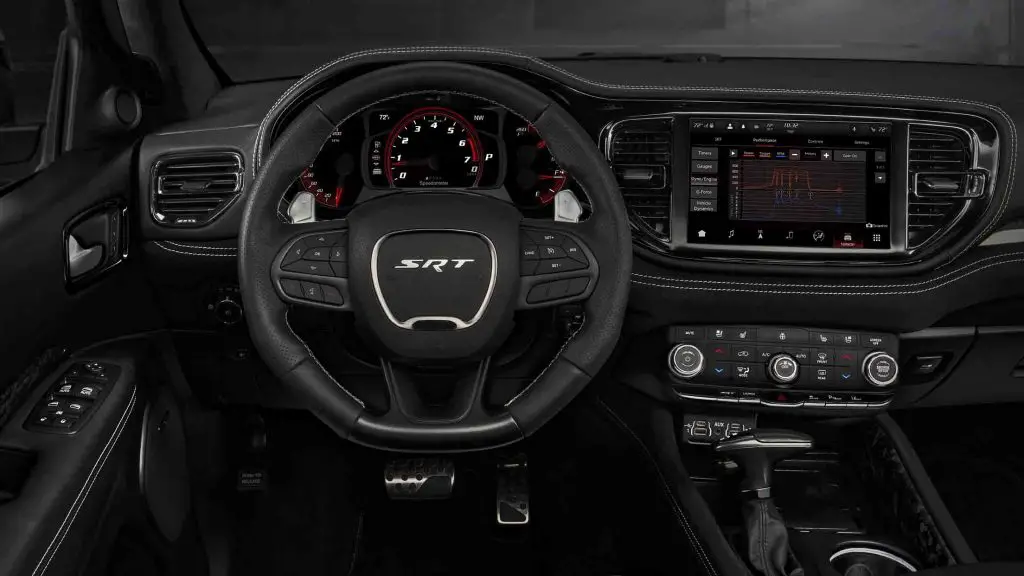
It’s not that the interior is uncomfortable. Still, simply for a base model price of $70,000, there was a hope that the manufacturer would have installed an Audi esq type interior to reflect the premier status of the Hellcat Minivan.
The seats are wrapped in a leather suede material that is comfortable and functional.
The center console is dominated by a useful 10.2-inch touchscreen display with navigation, and the center stack has a neat row of chrome toggle switches.
The longer body than its minivan competitors ensures all the passengers in the three rows are comfortable with plenty of legroom. Dodge did offer to delete the third row as a no-cost option.
The interior was a little gloomy, with dark-colored materials dominating the space.
Red seats and seatbelts were available as an option.
Dodge wrapped the console lid in leather, and the floor mats had the SRT logo embossed in them.
A three-zone air-conditioning system was fitted as standard equipment, as was a digital instrument cluster, rear lid with power lift, ambient LED lighting, automated high-beam headlights, and remote start.
The infotainment system matched the engine in terms of specification because it included wireless Amazon Alexa, Android Auto, SiriusXM, Apple CarPlay support, navigation, and was able to pair two Bluetooth devices simultaneously.
The Hell Cat Mini Van Engine
The whole reason for the Hellcat Minivan’s existence was positioned under the hood.
The mighty Hellcat engine produced 707 bhp (527 kW) at 6,000 RPM and 650 lb/ft (881 Nm) torque at 4,000 RPM.
An eight-speed automatic Torque Flite transmission sent the mind-boggling power to the road through all four wheels.
The Hellcat accelerated from 0-60mph in 3.5 seconds, could tow a trailer weighing 8,700 lbs at speeds that some cars couldn’t match.
| Model | Engine | 0 – 60 mph time |
| Dodge Durango SRT Hellcat | 6.2-liter supercharged Hemi V8 engine | 3.5 seconds |
Fuel consumption was never going to be the Hellcat Minivans’ strong point, and unfortunately, the already poor fuel economy of the Dodge Durango suffered even further. The official EPA figures of 12 mpg in the city and 17 mpg on the highway proves this point.
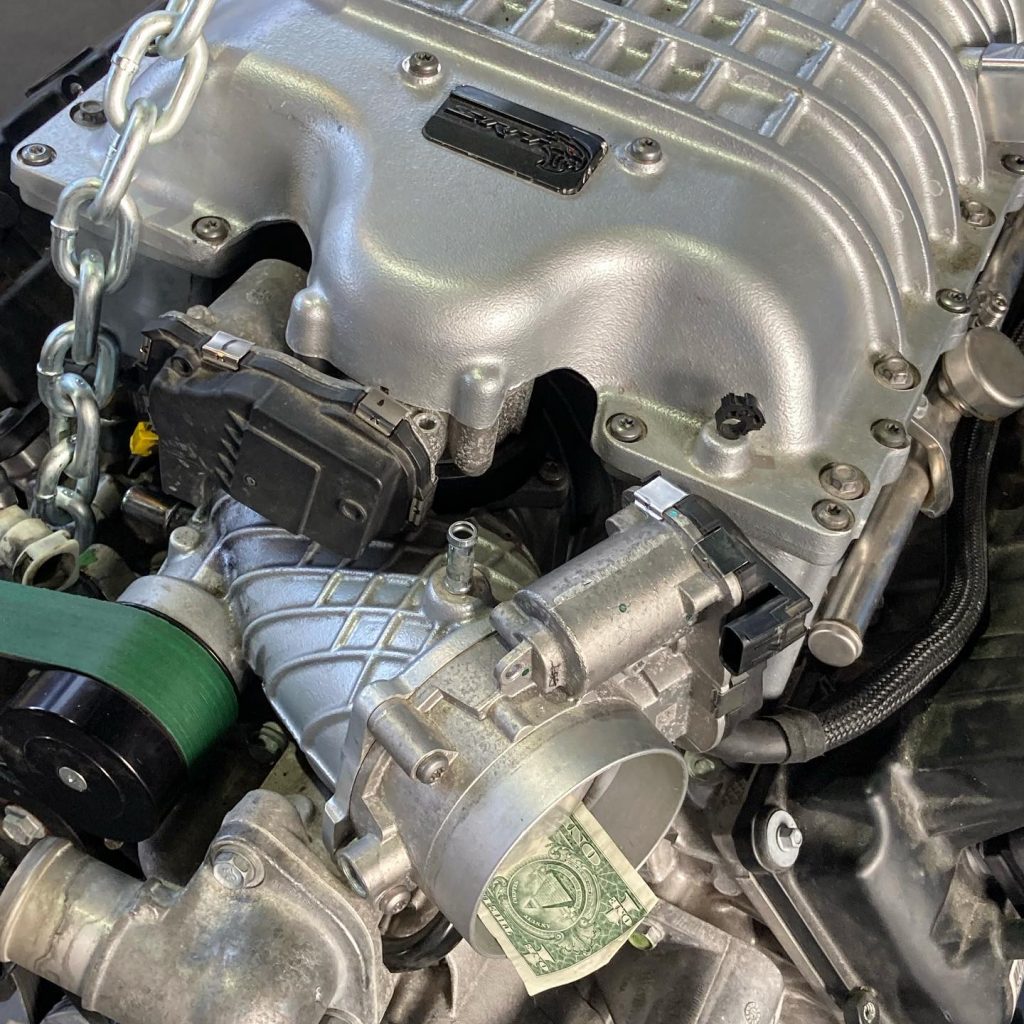
With the Dodge Durango weighing significantly more at 5,710 lbs than the Chrysler Pacifica at 4,521 lbs, these stats mentioned above might not be far off how the Pacifica Hellcat minivan will perform. My assumption would even be, with less weight we’ll see better performance figures out of the Pacifica, but that may change depending on how much extra weight the Hellcat engine adds over the standard engine as well as all the other extras that Tavarish will fit to the Hell cat mini van.
What Will You Pay For A Hell Cat Mini Van?
With only one year of production, it will distort the resale price of the Dodge Durango SRT Hellcat.
If you can find an excellent example for sale on the second-hand market, then the price listed below estimates what you will pay. If the Chrysler Pacifica Hellcat minivan was ever a real thing and actually put into production by Chrysler, I’d assume the cost would be similar. Although since it’s a completely custom job, the cost of the Hellcat engine, labor and all the extra bits to complete a fully customized Hellcat Minivan could blow the below costs out of proportion as it’s not put together on an assembly line.
| Model | Year | New MSRP | Current 2nd Hand Value |
| Dodge Durango SRT Hellcat | 2022 | Not available | Not available |
| Dodge Durango SRT Hellcat | 2021 | $69,790 | $64,275 |
Over to Tavarish – The Hellcat Minivan Build
Although looking after the environment is a fundamental consideration of every passenger on planet earth, it is still unfortunate that vehicles like the Dodge Durango SRT Hellcat cannot have a future on our roads. These cars represent a type of maverick thinking and willingness of pockets of innovators within the large and cumbersome manufacturers to do something out of the box.
Dodge Durango SRT Hellcat fitted the bill of out-of-the-box thinking. The fact that a significant company homologated it, ensured that it was fun, safe, and comfortable while retaining its usability.
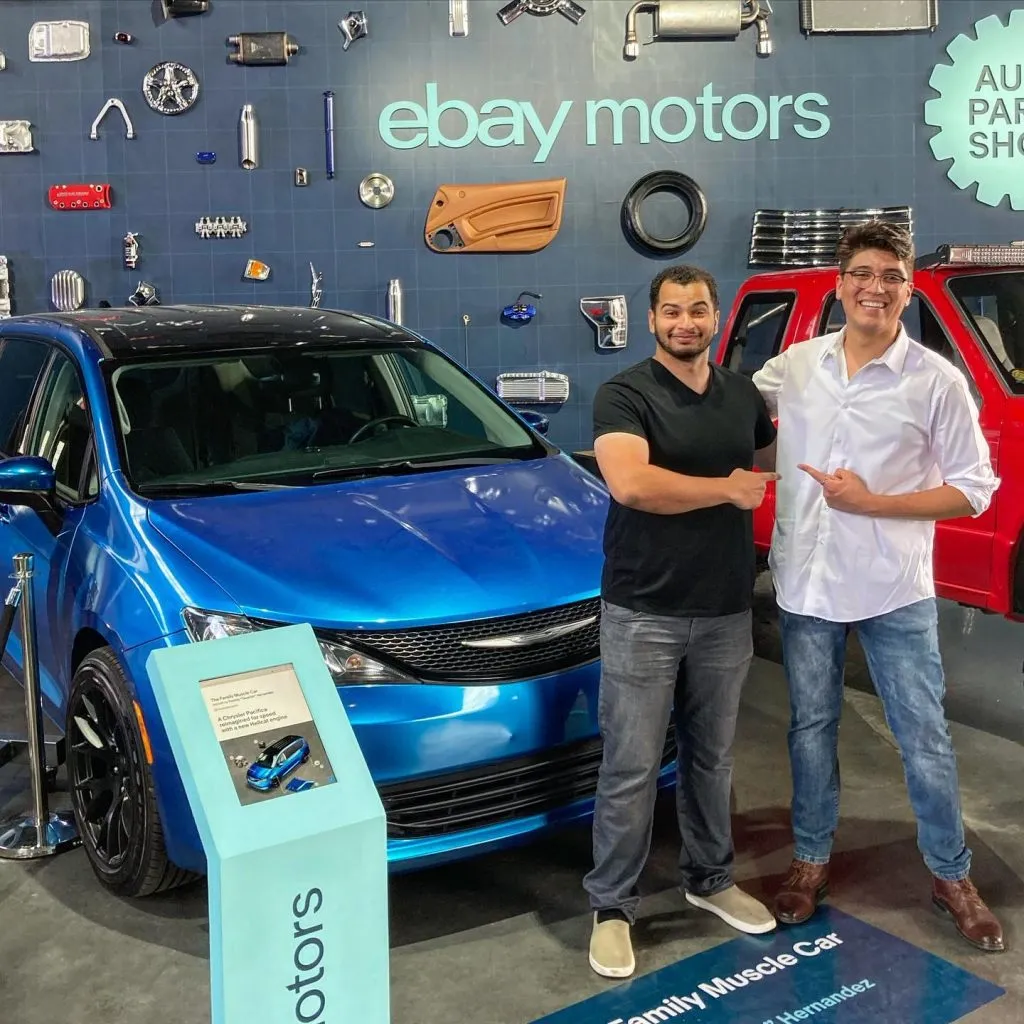
On the other hand, with such an excellent package making its way into a Chrysler Pacifica Hellcat minivan, I can’t wait to see what Tavarish produces based of the initial concept from Abimelec Design. Be sure to stay posted with the build when Tavarish starts posting about it! This could quite easily be the worlds best minivan and inspire American automakers to actually create a real production Hell Cat mini van!

